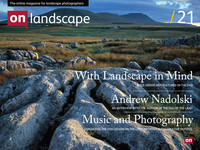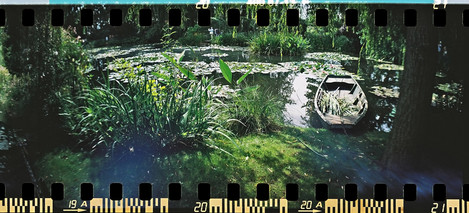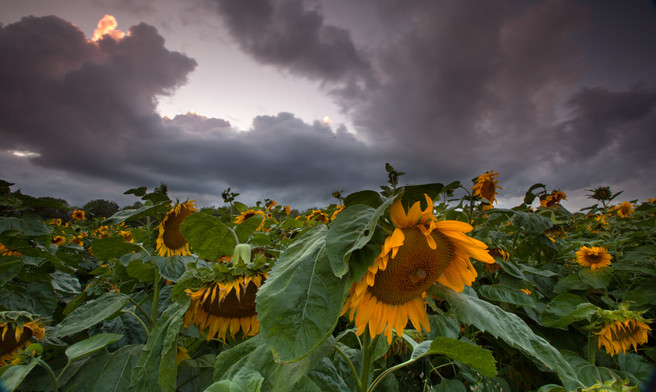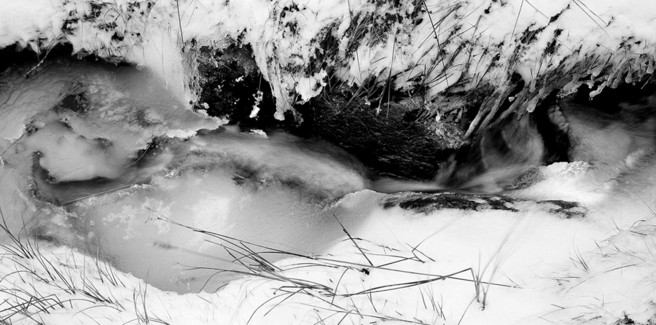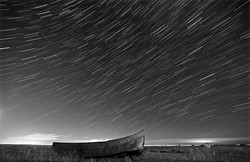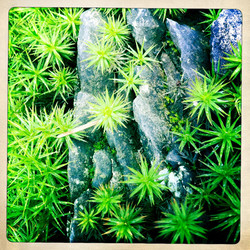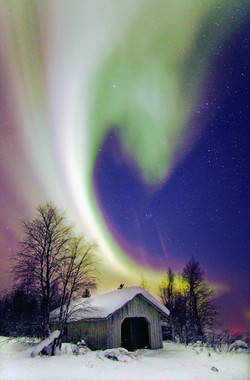Paul Sanders on depression and photography

Paul Sanders
Many of his images are created using long exposure techniques to reflect the sense of calm he feels when watching the clouds blow in over the coast or waves moving against the shoreline.
Landscape photography started as a form of therapy for Paul, as he struggled to cope with the pressure and stress of his previous role as Picture Editor of The Times. Looking at near-ly 20,000 images every day and the associated responsibilities left him suffering with stress, depression, insomnia and anxiety. Through his photography, he was able to express himself where words failed him.
I’ve been running the picture operation at The Times for about 8 years, the constant pressure of searching through the 12-15,000 images every day seeking the ever elusive front page while balancing budgets and looking after the safety of the photographers – some working in the most dangerous places in the world, is a huge ask on body and mind.
For the last 18 months I have been suffering from depression, insomnia and anxiety – it’s not easy to admit, especially in such a public forum because any kind of mental issues are always attached to a stigma of failure.
For me it was something that crept upon me and then one day I suddenly couldn’t cope with the simplest tasks my job needed, my temper and concentration were both equally short – although I battled on for another 12 months before being signed off.
I felt trapped in dark room filled with heavy curtains, that wrapped around me suffocating me, I completely lost my identity, confidence and creativity.
Apart from the drugs and counselling that I have been given to help me, one cornerstone of my life is photography – but not news photography, no the hustle and bustle of a running news job is the last thing I need.
Following advice from a friend, I turned my photography on its head, put away my digital kit and went back to film, 5x4 film, bought an Ebony RSW and went out into the fields near home in Kent.
Needless to say, my early results were a disaster, underexposed, out of focus bad light – you name it, I suffered from it, I’d go home and lose myself in analysing my very expensive mistakes. However, gradually I started to improve not only in my photographic ability but in my mental health.
The effect of photography on my mental health is amazing, I can sit waiting for the light while concentrating solely on my composition and just switch off to the madness my normal 12 hour day demands. Sometimes I don’t even take a frame if the light isn’t right for my mood. I watch the clouds, waves, and the wind through the grass, the movement of the stars or the aurora dancing over frozen wilderness. I’m not a perfect light photographer; yes I even go out in the pouring rain. I feel that photography reflects the places we are in mentally rather than physically. Importantly though shooting landscapes nurture the part of me that gets lost in my normal job, it allows me to express my moods and feelings without affecting anyone around me.
I know I’m not the only person that feels like this I have recently discovered many of my colleagues suffer in the same way and look to landscape photography as a form of therapy.
At a recent photography workshop, I met Andy Keen of Aurora Hunters; this man’s story is really inspiring.
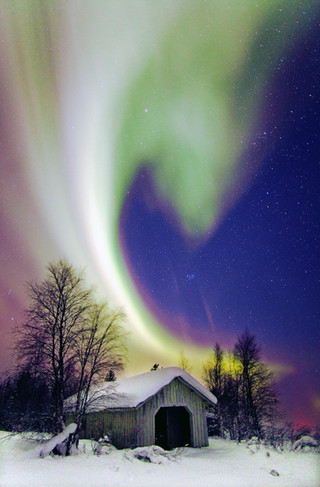 A few years ago Andy woke up paralysed from the waist down. Literally, overnight he had gone from being an independent, energetic young man to someone who was trapped inside a body that wouldn’t work.
A few years ago Andy woke up paralysed from the waist down. Literally, overnight he had gone from being an independent, energetic young man to someone who was trapped inside a body that wouldn’t work.
It took a long time for Andy to get the correct diagnosis on his condition, while he was waiting for the doctors to decide what had gone wrong he became depressed and lost all confidence in himself and was deserted by many of his friends.
It took Andy a year to learn to walk again, albeit, with a gait similar to that of a how a tin soldier might walk, this further added to his insecurities as people would stare at him when he did feel brave enough to leave his parents home.
A consultant eventually diagnosed Andy with Neuropathy – which is a sensory disturbance that affects the hands, feet and co-ordinated movement.
During his recovery he began exploring photography and started a “bucket list” one of his desires was to see the northern lights.
Armed with the cheapest camera he could find he went to see the Aurora first hand. He found that photographing the patterns and intensity of this natural wonder a real challenge, and in the same way he taught himself to walk again he learned to photograph the Aurora. Having cracked the technical side Andy set up his own company and he now leads groups of people to photograph the Aurora in temperatures as low as minus 40 degrees!
I recently went to Finland hunting the Aurora with Andy – he offered me the chance to fulfil one of my dreams when he learned how stressed I was – he didn’t even charge me for going but gave me one of the most memorable experiences of my life.
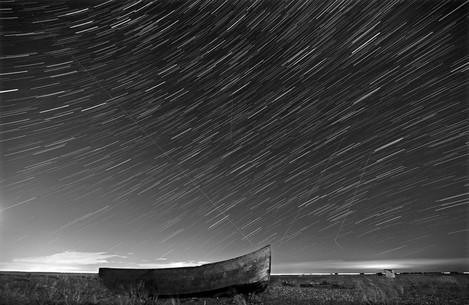 The man who couldn’t walk and lost all hope is now an inspiration and a role model for many – he has even started a charity dedicated to raising awareness of his illness.
The man who couldn’t walk and lost all hope is now an inspiration and a role model for many – he has even started a charity dedicated to raising awareness of his illness.
Surprisingly when talking to Tim, our esteemed editor, about this article I discovered that he also suffered from depression and following an accident that needed three vertebrae in his spine fusing, Tim used his landscape photography as a means to recovery and no one can argue with the results.
I’ve now gone back to using my Canon 5D mk2, as the cost of the film was too much for me to continue. I sometimes use just my iPhone or a Lomo (very cheap Russian film camera) but I apply my large format workflow to all my work. The same slowing down and consideration, I usually only take one or two shots of a scene then move on, there is little point in burning the motor drive on a landscape, as I would probably miss the best moment anyway!
To me landscape photography is the ultimate anti-depressant; what’s more, it doesn’t matter if no one else likes my pictures, they are for my recovery.
You can see more of Paul Sander's work and find out a little more about him at http://www.paulsanders.biz/
Related article
A Field, A Lane, A Wood - A photographers attempt to keep stress & depression at bay

